#soundscapes.
Text
ugh i know bruce probably has some lame ass ubiquitous american broadcast voice, but SO BADLY i want him to have just. the world’s THICKEST jersey accent
“jason peetah, swear ta god, i’m gonna cawl alfred and get ‘im to tawk some sense into ya. do you want him to know what you been up to? yeah no. yeah no! ‘swhat i thought! yeh breakin ya butler’s heart!!”
#keeping up with the waynes should be a lush soundscape of brucie’s jersey kvetching while his kids fistfight in the bg#bruce wayne#batman#batfam#batfamily#brucie wayne#kipthought
7K notes
·
View notes
Text
A reef that has been degraded—whether by coral bleaching or disease—can’t support the same diversity of species and has a much quieter, less rich soundscape.
But new research from Woods Hole Oceanographic Institution shows that sound could potentially be a vital tool in the effort to restore coral reefs.
A healthy coral reef is noisy, full of the croaks, purrs, and grunts of various fishes and the crackling of snapping shrimp. Scientists believe that coral larvae use this symphony of sounds to help them determine where they should live and grow.
So, replaying healthy reef sounds can encourage new life in damaged or degraded reefs.
In a paper published last week in Royal Society Open Science, the Woods Hole researchers showed that broadcasting the soundscape of a healthy reef caused coral larvae to settle at significantly higher rates—up to seven times more often.
“What we’re showing is that you can actively induce coral settlement by playing sounds,” said Nadège Aoki, a doctoral candidate at WHOI and first author on the paper.
“You can go to a reef that is degraded in some way and add in the sounds of biological activity from a healthy reef, potentially helping this really important step in the coral life cycle.”
Corals are immobile as adults, so the larval stage is their only opportunity to select a good habitat. They swim or drift with the currents, seeking the right conditions to settle out of the water column and affix themselves to the seabed. Previous research has shown that chemical and light cues can influence that decision, but Aoki and her colleagues demonstrate that the soundscape also plays a major role in where corals settle.
The researchers ran the same experiment twice in the U.S. Virgin Islands in 2022. They collected larvae from Porites astreoides, a hardy species commonly known as mustard hill coral thanks to its lumpy shape and yellow color and distributed them in cups at three reefs along the southern coast of St. John. One of those reefs, Tektite, is relatively healthy. The other two, Cocoloba and Salt Pond, are more degraded with sparse coral cover and fewer fish.
At Salt Pond, Aoki and her colleagues installed an underwater speaker system and placed cups of larvae at distances of one, five, 10, and 30 meters from the speakers. They broadcast healthy reef sounds – recorded at Tektite in 2013 – for three nights. They set up similar installations at the other two reefs but didn’t play any sounds.
When they collected the cups, the researchers found that significantly more coral larvae had settled in the cups at Salt Pond than the other two reefs. On average, coral larvae settled at rates 1.7 times (and up to 7x) higher with the enriched sound environment.
The highest settlement rates were at five meters from the speakers, but even the cups placed 30 meters away had more larvae settling to the bottom than at Cocoloba and Tektite.
“The fact that settlement is consistently decreasing with distance from the speaker, when all else is kept constant, is particularly important because it shows that these changes are due to the added sound and not other factors,” said Aran Mooney, a marine biologist at WHOI and lead author on the paper.
“This gives us a new tool in the toolbox for potentially rebuilding a reef.”
Adding the audio is a process that would be relatively simple to implement, too.
“Replicating an acoustic environment is actually quite easy compared to replicating the reef chemical and microbial cues which also play a role in where corals choose to settle,” said Amy Apprill, a microbial ecologist at WHOI and a co-author on the paper.
“It appears to be one of the most scalable tools that can be applied to rebuild reefs, so we’re really excited about that potential.”"
-via Good News Network, March 17, 2024
#coral#coral reef#marine life#marine biology#conservation#ecology#environment#environmental news#endangered species#coral bleaching#virgin islands#science and technology#climate action#climate change#climate hope#soundscapes#sound therapy#good news#hope
2K notes
·
View notes
Text
Gonna be honest with you, my brain just completely turned out the tape click and static for a full 30 seconds because I've heard it so many times 😅
#thats just the normal soundscape right? lol#the magnus protocol#my magnus protocol stuff#original post#10 saturday night#tmagp spoilers#queue cause i'll be at work when the episode airs#500 notes!
550 notes
·
View notes
Text



one has to laugh
#i have never understood this complaint about botw/totk; there is an ABUNDANCE of beautiful music#an embarrassment of musical riches#the music is one of the best parts!#idk what world people who say this are living in but i'm glad i'm in the one with 6+ hours of gorgeous adaptable soundscape#breath of the wild#the legend of zelda#today in “wendy's assorted salt” i guess idk what's going on today but i didn't sit on my hands for this one
238 notes
·
View notes
Text
Harlan Gutherie at any given point in either of his podcasts
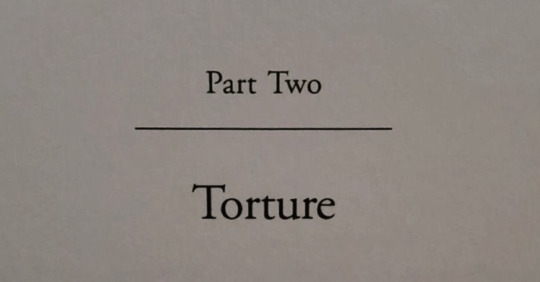
#always happens eventually#and the soundscaping is uh. concerningly good.#Harlan who did you have to torture in order to make it this good#malevolent#malevolent podcast#deviser podcast#deviser
258 notes
·
View notes
Text

Yakk crossing
Xinduqiao, Garze, Sichuan, China 2032
#photobythomas;#yak;#china;#中国;#ganzi;#garze;#sichuan;#四川;#soundscape;#streetphotography;#街头摄影;#streetscene;#traffic
150 notes
·
View notes
Text
what do we as a society have to do to ensure that exu: calamity gets made into a film so we can all experience that glorious cinematic never-ending One Second on the big screen
#watching ep4 again. as i do more often than i would like to say.#and i know all fans have their vision of what the iconic scenes would look like#but damn i just would KILL for the soundscape of this single second#like... SHARP silence. ringing glass. the unsettlingly slow crunch of bone. and underneath it all a NEARLY imperceptable constant boom#critical role
557 notes
·
View notes
Text
Did you MIDST us?
Oh hello! Long time no see, or hear as the case may be. Speaking of which, did you hear an all-new season is hurtling towards us like a certain falling moon this Wednesday on YouTube and your favorite podcast apps? Naturally we had to return to the place the tangled tales of our crotchety outlaw, freakishly virtuous cultist, and diabolical basta-, er, businessman began to celebrate… Right here on Tumblr!
To ring in the final season, join us right here TOMORROW, Feb 13th, for a special behind the scenes AMA with the series creators, Third Person! Join 🔮Sara, 🎷Xen, and Matt 📜 all day long as they answer your burning questions submitted right here on our ask page.
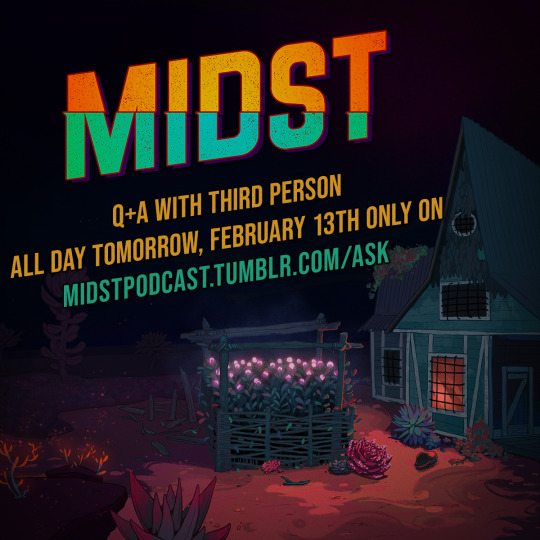
There’s plenty in store this season and beyond - so be sure to follow and check back for updates, and join us over at Midst.co where you can find behind the scenes extras, be the first to hear new episodes, and view in world appendices that expand the story of our doomed spinning sphere. Now, let’s blow the dust off this old blog and rev our submersible engines for an all new journey into MIDST!
#midst podcast#midst#podcast#podcasting#scifi#science fiction#fantasy#western#soundscapes#music#moc weepe#jonas spahr#phineas thatch#lark#imelda goldfinch#Kozma Laszlo#valor#original story#fiction podcast#audio drama#audio fiction#trailer
177 notes
·
View notes
Text
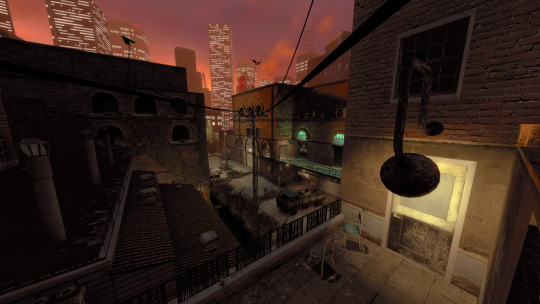
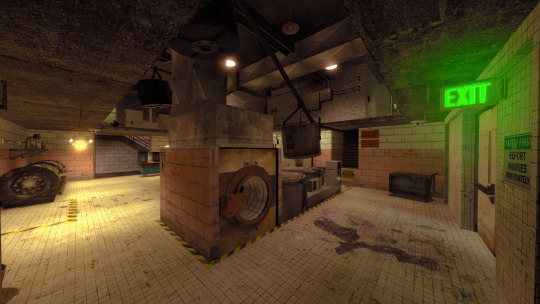
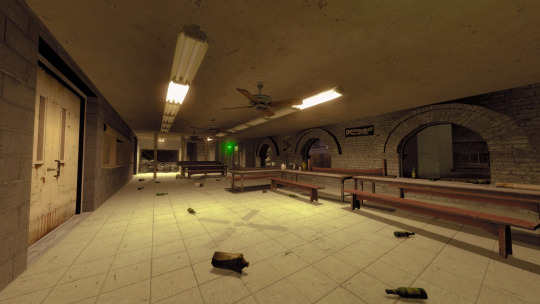
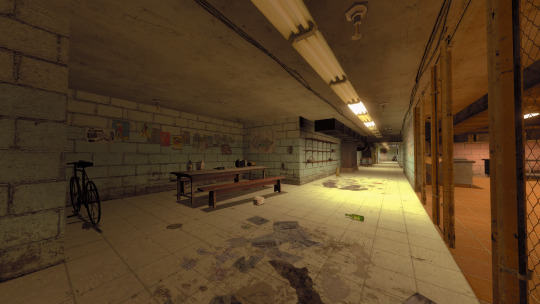
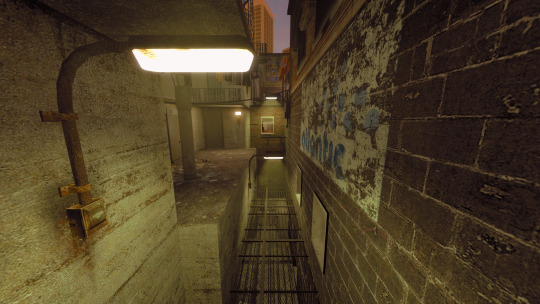
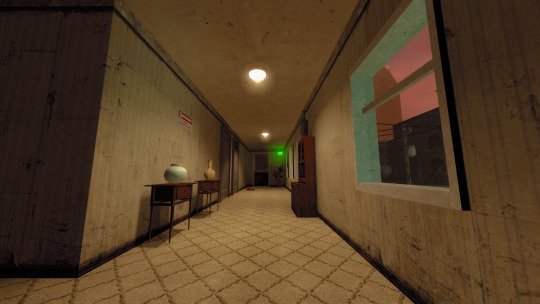
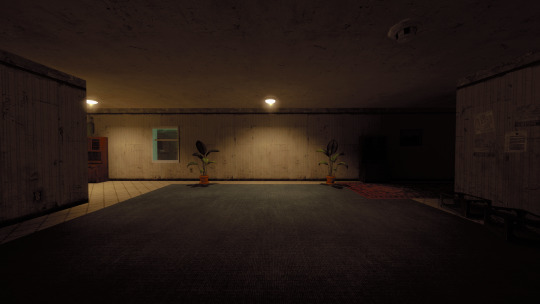
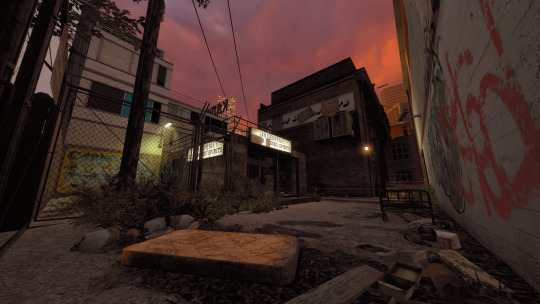
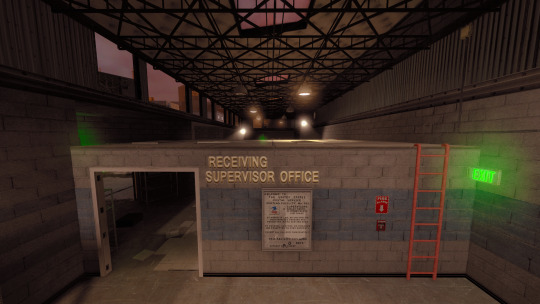

cs_laundry
created by RabidMonkey
#garry's mod#gmod#source engine#half life 2#counter strike#deathmatch#requested#hearted#*beautiful* map with really good soundscapes. you gotta BE in this one
86 notes
·
View notes
Text
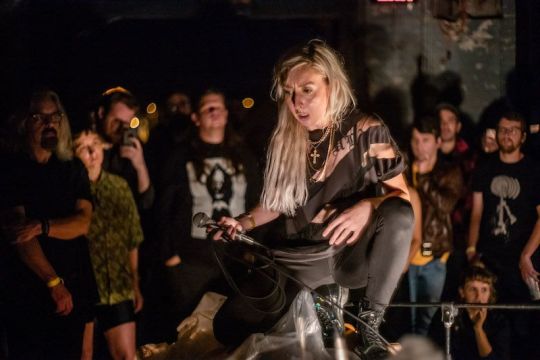





Lingua Ignota (Kristin Hayter)
@ BASILICA SOUNDSCAPE, Hudson NY, 2019
source: collaborativemagazine
📸: Richard Lovrich
#photography#artist photography#Lingua Ignota#Kristin Hayter#women in electronic music#BASILICA SOUNDSCAPE#Hudson#NY#2019#photos by Richard Lovrich
215 notes
·
View notes
Text
"Me? I don't feel anything."
//Masters of the Air//
#john egan#masters of the air#mota#my video edit#callum turner#franz liszt#john bucky egan#tried doing something different playing with soundscapes etcccc#but tumblrs compression wuality is not helping it does notnsound good anyways#!!!!#dedicated to callum turner for doing what he could with an awful script!!! love u boo#video edit
110 notes
·
View notes
Text

#space aesthetic#space art#space#outer space#galaxy#nebula#universe#cosmic#celestial#stars#pulsing lights#starlight#celestial aesthetic#celestial art#space core#spacecore#space music#astral#aesthetic#soundscapes
108 notes
·
View notes
Text
youtube
Das Geräusch männlicher Feldgrillen, die laut zwitschern
Grillen sind mit ihrem rhythmischen Zwitschern faszinierende Insekten, die seit Jahrhunderten das Interesse der Menschen fesseln. Diese kleinen Insekten kommen in verschiedenen Lebensräumen auf der ganzen Welt vor und sind für ihr ausgeprägtes Zwitschern bekannt, das ein Markenzeichen warmer Sommernächte und ruhiger ländlicher Umgebungen ist. In diesem Artikel tauchen wir in die faszinierende Welt der Grillen ein und erforschen ihre Eigenschaften, ihr Verhalten und die einzigartigen Geräusche, die sie erzeugen.
#insect#insects#sound#nature sounds#soundscape#cricket#asmr#crickets#cricket sounds#ants#grasshoppers#soundscapes#rain sounds#asmr sounds#soundwave#audio#loud#video#sounddesign#caterpillar#Youtube
124 notes
·
View notes